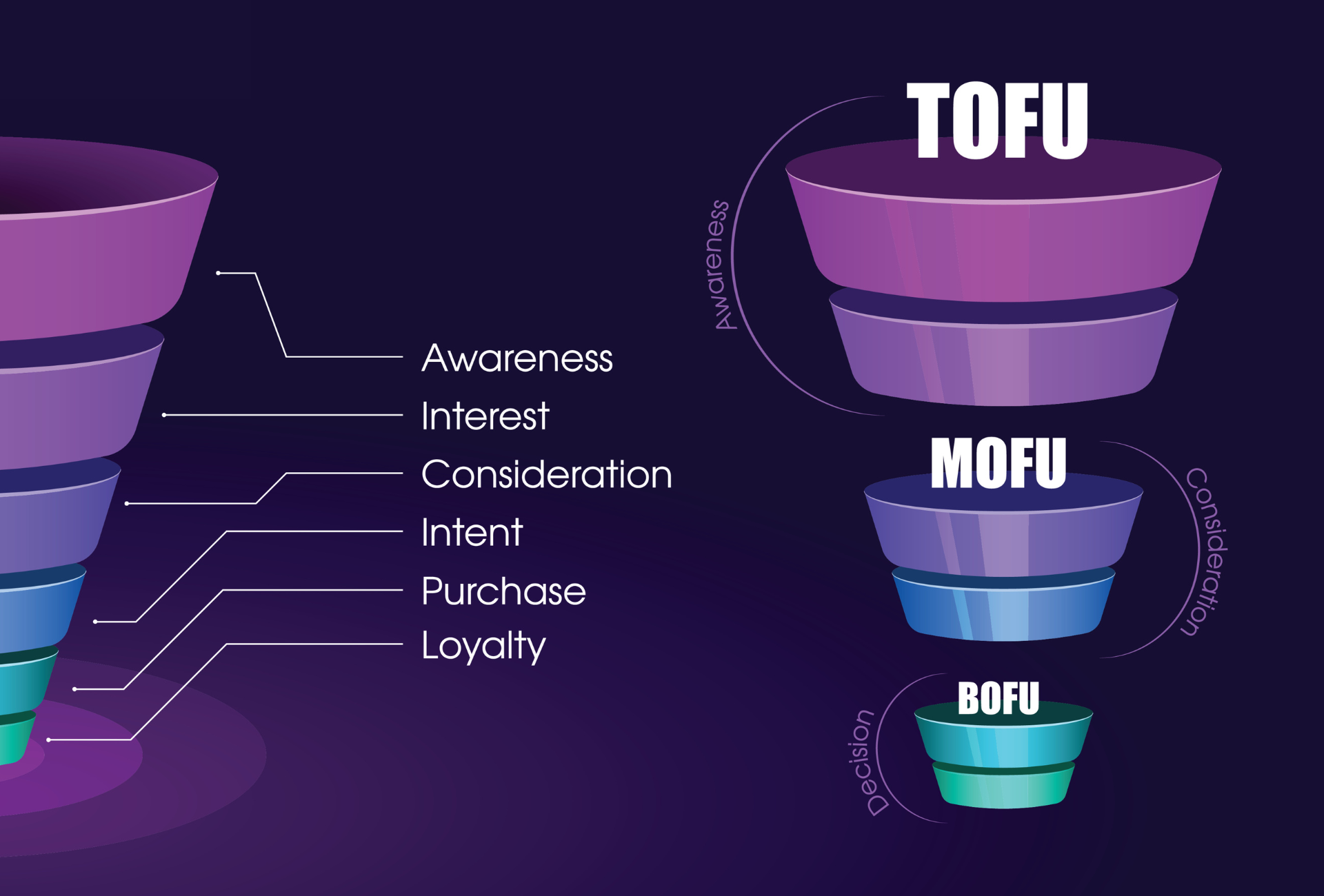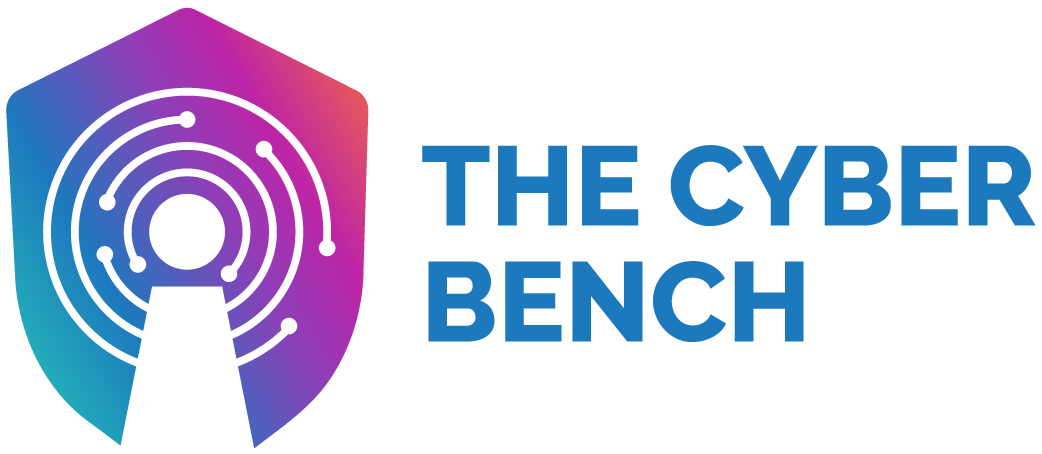January 16, 2024
5 steps to optimise your cybersecurity go-to-market strategy
As a result, it’s no surprise that the global cybersecurity industry is currently valued at a staggering $19bn, growing nearly 12% year on year. However, much as this is good news for cybersecurity start-ups and SaaS organisations, it also presents them with something of a challenge – a very crowded marketplace, often with not much to differentiate one product or solution from the next.
What is a go-to-market strategy and why do you need one?
Forget the ‘one-size-fits-all’ marketing approach to launching new products or entering fresh markets. In the dynamic world of cybersecurity, a winning go-to-market (GTM) strategy is a flexible, adaptable set of guiding principles that fuels your revenue engine, no matter the challenge. It transforms promising ideas into market-dominating successes. Today, we’ll dive into some of the key components for crafting a cybersecurity GTM strategy that will put you one-step ahead of the competition, unlocking growth potential.
Cybersecurity GTM strategy – how to stand out from the crowd
The key differentiator is people. This turns the often-quoted phrase “people are the weakest link in cybersecurity” on its head. For organisations with solutions and products focused on protecting businesses, consumers, data, etc., it is their people that have one of the biggest roles to play. Not just in developing the solutions, keeping tabs on the market, and the increasing sophistication of cyber-attacks and cyber criminals, but in the way these services and products are presented to the market.
With such a glut of products and solutions available, internal security teams who investigate the best paths and options to protect their business are often at a loss. Too many products, too many options, and increasing pressure to make the right decision because the brand’s reputation, customer relationships and bottom line are at stake.
This is where cybersecurity companies need to have the most effective go-to-market strategy possible. The aim: to demonstrate value to prospective buyers in the clearest way.
A great GTM strategy doesn’t develop and deliver itself – the key to success is having the right GTM team in place. Then the question becomes, where to start?
The components of a successful GTM strategy
As with any GTM strategy, a cybersecurity plan is created with a few key considerations in mind:
An understanding of the industry and your market
A defined and segmented target audience, with personas
Knowledge of that audience’s pain points
And that’s not forgetting establishing clear goals and KPIs to measure success.
5 key go-to-market strategy steps
Here are our top 5 go-to-market strategy steps to consider when developing your GTM strategy:
1) Always keep the buying journey in mind
Understanding and aligning with the buyer’s journey is the cornerstone of a successful go-to-market strategy. The buying journey is not a linear process; it involves various stages that potential customers move through before making a purchasing decision.

While it can be divided into a number of stages, the simplest way of looking at it is as follows:
Attract (top of funnel): At the top of the funnel, your focus is on capturing the attention of potential customers. This stage is about creating awareness and generating interest in your cybersecurity solutions. Provide valuable and relevant information that addresses their pain points, positioning your brand as a trusted source.
Present (middle of funnel): Once you’ve captured their attention, the next stage is to present your cybersecurity solutions in a more detailed manner. Potential customers at this stage are evaluating options and seeking in-depth information. Craft messages and content that align with their specific needs and challenges. Establish your brand as an authority in the cybersecurity space, offering not just products but comprehensive solutions tailored to your audience.
Close (bottom of funnel): The final stage is the most critical—the closing stage. Here, potential customers are ready to make a decision, and your goal is to convert their interest into a sale. Provide clear and compelling calls-to-action, emphasizing the benefits and value propositions of your cybersecurity solutions. Tailor your messaging to address any remaining concerns or doubts. Implement strategies like limited time offers, personalised consultations, or trial periods to encourage the final commitment.
2) Vertical focus for specific industries
With the funnel in mind, you can ensure you deliver the right message to the right audience at the right time.
While everyone wants secure endpoints and speedy breach detection, the way those needs manifest and the specific regulations that must be considered differ drastically across industries. That’s why a broad, horizontal approach to cybersecurity marketing often falls flat.
This is where vertical-focused strategies shine. By zeroing in on a few key industries and diving deep into their unique security challenges and regulatory landscapes, you can:
Cut through the noise: In a crowded security market, generic messaging gets lost. Focusing on industry-specific pain points and compliance issues instantly sets you apart from the pack.
Speak their language: Hospitals care about HIPAA, governments navigate JITC and TAA standards. By understanding their terminology and regulatory realities, you build trust and demonstrate a genuine grasp of their needs.
Build stronger relationships: Personalised content and campaigns tailored to specific industries resonate deeper with potential clients, building stronger connections and ultimately, higher conversion rates.
3) Incorporate all elements of marketing
Elevate your cybersecurity go-to-market strategy by seamlessly blending all facets of the marketing mix. The integration of inbound, outbound, content marketing, social media, and more is not just a step; it’s the strategic fusion that propels your campaign to new heights.
Incorporating all the elements of marketing is a pivotal aspect of your cybersecurity go-to-market strategy. It goes beyond the traditional approach and involves a holistic integration of various marketing components to create a comprehensive and impactful campaign. This step is crucial in ensuring that your message reaches your target audience effectively via multiple channels and resonates with them at every stage of the buyer’s journey.
Build a cybersecurity content marketing plan by identifying topics that provide value based on your audience’s daily challenges. Once these assets are created, use them strategically to nurture both new and existing prospects throughout their journey.
Comprehensive reach: Use inbound and outbound techniques across various channels (content marketing, social media, emails) for diverse and widespread audience engagement.
Tailored messages: Craft messages aligned with different buying stages — create awareness, provide detailed information, and emphasise value propositions for a consistently effective strategy.
Consistent branding: Maintain a uniform brand image across all channels, reinforcing your message and building brand recognition from website to social media, emails, and sales tools.
Content variety: Diversify content formats (blogs, social posts, case studies, etc.) tailored to target personas’ preferences for a more personalised and impactful approach.
Adaptability in campaigns: Stay agile in marketing campaigns, monitoring channel and content performance, and adjust strategies in real-time for continued relevance in the dynamic cybersecurity landscape.
Competitor insight: Competitors often rely on glossy material, neglecting substance. Use technical white papers as follow-up material for detailed, engaging information that positions your company as a thought leader.

In summary, incorporating all the elements of marketing ensures a cohesive and impactful approach that resonates with your audience at every touchpoint.
It transforms your go-to-market strategy into a dynamic and adaptive force, capable of navigating the complexities of the cybersecurity market and effectively standing out from the crowd.
4) Always think multi-channel
In developing your GTM strategy, it’s essential to encompass all channels within your industry verticals. This ensures effective outreach to your target audiences, wherever they may be in their buying journey. This means having the right banks of content – blogs, social posts, videos, case studies, etc – strategically positioned across your website, social channels, email campaigns and sales enablement tools.
For example, IT buyers look for benefits, while financial personas look for ROI, and decision makers are persuaded by what success looks like for similar organisations. Always thinking multi-channel is not just a strategy; it’s a roadmap to creating a synchronised, immersive, and effective brand experience across every avenue your audience explores.
5) Leverage industry expertise by building specialised teams
While understanding your overall industry landscape is crucial, truly excelling in your go-to-market strategy requires diving deeper. Consider establishing dedicated teams that possess in-depth knowledge of specific vertical markets you plan to target. Benefits of industry-focused teams:
Sharper insights: These “mini experts” become intimate with the unique needs, challenges, and regulatory nuances of each industry. This allows for crafting highly targeted messaging and solutions that resonate deeply with potential clients.
Streamlined communication: With dedicated points of contact for each sector, you eliminate the need for internal scrambling and confusion when questions about industry-specific compliance or regulations arise.
Greater trust and credibility: Demonstrating an understanding of a potential client’s specific industry shows you’ve gone the extra mile. This builds trust and establishes you as a valuable partner rather than just another generic cybersecurity provider.
For example, say you offer secure data solutions for manufacturing and retail. Instead of relying on one generalist to cover both sectors, invest in dedicated teams with intimate knowledge of each sector’s unique security challenges. The manufacturing team will understand the intricacies of Industrial Control Systems (ICS) and OT security, while the retail team will be well-versed in PCI-DSS compliance and securing customer payment data. This ensures you tailor your solutions and communication to each industry’s specific needs and regulations, making you a more trusted and valuable partner.
Investing in industry-specific expertise within your go-to-market team will give you a crucial competitive edge. You’ll deliver more relevant solutions, develop deeper trust with potential clients, and ultimately, unlock greater success in your targeted markets.
The challenge – creating the right go-to-market teams
Taking a step back – how can cybersecurity organisations ensure they have the right people to deliver their GTM strategy? Yes, there is an acknowledged skills gap in the cybersecurity industry, but the challenge isn’t insurmountable. The solution? Working with a specialist recruitment consultancy that focuses solely on the cybersecurity GTM community – like the team here at The Cyber Bench.
We know what success looks like in the industry and we understand the challenges that cybersecurity organisations face when it comes to recruitment. We also know what candidates are looking for when advancing their careers, and we use this specialist knowledge to match the best candidate with the right role. We can help recruit across sales and marketing functions, including roles such as:
Business/Sales Development Reps
BDR/SDR Managers
New Business Account Executives
Account Managers
Pre-Sales Engineers
Customer Success Managers
Channel / Alliance Sales Managers
Marketing Managers
Directors, VPs, and C-Suite Executives

How can we help your GTM strategy?
Go-to-market teams have an important role to play in making sure your product or solution cuts through the noise and is placed in front of the right audiences at the right time. We can help you build the ideal GTM team – take a look at how we operate. Or get in touch with us today to discuss your requirements and how we can help you take your GTM strategy to the next level with the right people.
